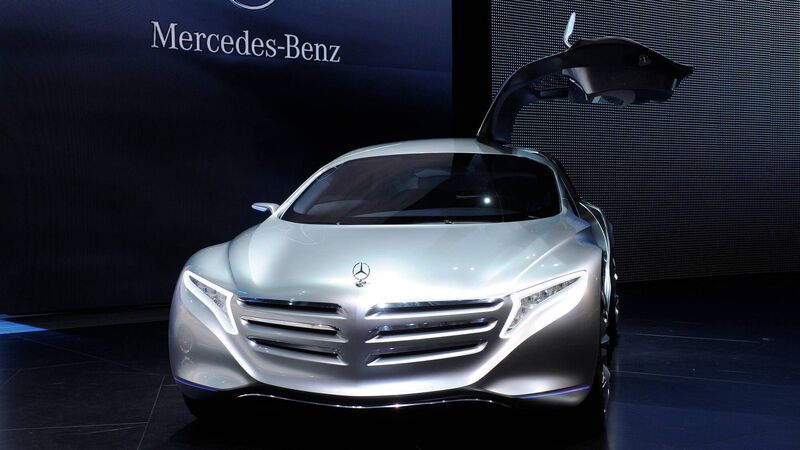Drivers still interested in hybrids amid volatile EV market

Mercedes-Benz chief executive Ola Källenius said the carmaker will continue to make hybrid vehicles 'well into the 2030s'. Picture: Stollarz/AFP/Getty
Black Friday - Save 75%
SUBSCRIBEHybrids were supposed to be a way station on the road to electric cars.
Honda Motor and Toyota Motor started pushing them in the late 1990s, using their part electric/part internal combustion powertrains to meet emissions mandates and lower CO2 ratings across their global fleets.
CONNECT WITH US TODAY
Be the first to know the latest news and updates
Newsletter
News and analysis on business, money and jobs from Munster and beyond by our expert team of business writers.
Push Notifications
By clicking on sign up you will be the first to know about a selection of business content on this browser. Please note if you are unable to sign up via your mobile web browser, download and sign up for mobile push notifications via our FREE news app.
Sign UpYou have accepted push notifications for this content. If you would like to manage your push notification preferences, you can do so here.
Newsletter
News and analysis on business, money and jobs from Munster and beyond by our expert team of business writers.
Newsletter
Keep up with stories of the day with our lunchtime news wrap and important breaking news alerts.

Newsletter
Sign up to the best reads of the week from irishexaminer.com selected just for you.
Monday, November 24, 2025 - 10:00 PM
Monday, November 24, 2025 - 9:00 PM
Monday, November 24, 2025 - 6:00 PM
© Examiner Echo Group Limited